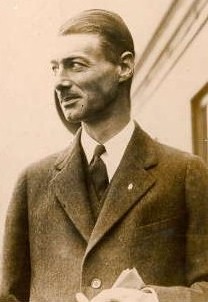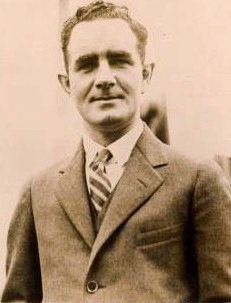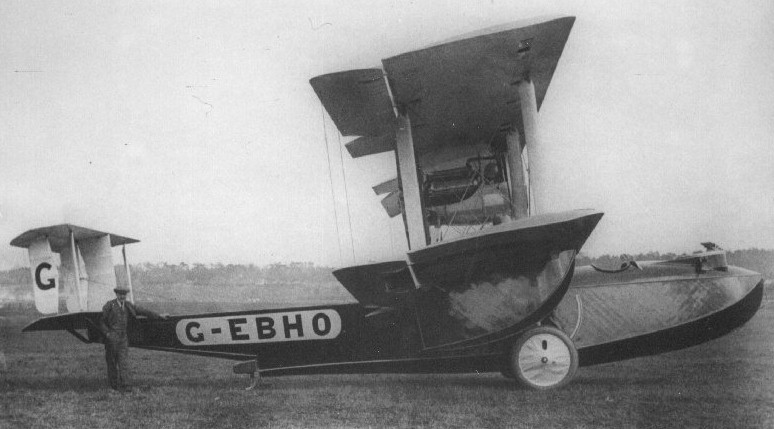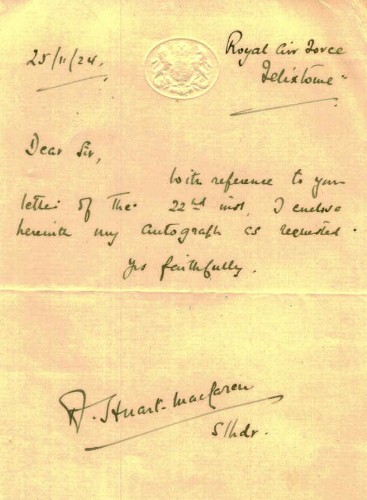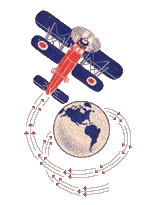Three serving members of the British Royal Air force attempted to fly round-the-world
in a Vickers Vulture amphibius bi-plane (G-EBHO) in 1924. The Vulture was a Mark VI varient
powered by a single 450 HP Napier Lion engine with a four blade pusher propeller. The leader
of this expedition was Squadron Leader Archibald Stuart MacLaren, the pilot was Flying Officer
William Noble Plenderleith and the flight engineer was Sergeant W.H. Andrews. A fourth member
of the team was Lt.Colonel L.E. Broome who stayed behind supporting the flight with logistics
and planning. This flight round-the-world was expected to cover 23,254 miles in an estimated
293 hours of flying. It was to start at Calshot Spit, an RAF Seaplane Base near Southampton
and would proceed eastward through France, Italy and the Mediterranean to Cairo. It would
then cross India, Burma and China and continue through Japan and Russia via the Aleutian
Islands to Alaska. It would then cross Canada and Newfoundland before crossing the Atlantic
to Portugal, Spain, back through France to Southampton. This flight effort had the blessings
of the King of England.
The flight was beset by bad weather and several mishaps. In Civitavecchia, Italy they
hit some floating driftwood damaging the plane. Their landing in Lake Korissia, Greece was
unplanned as engine failure forced them to replace the original engine (sent from England).
Later the replaced engine failed and they made an emergency landing at Kornra/Parlu, India
to wait for yet another replacement engine (sent from England). In Allahabad, India they
replaced the engine radiator and made a forced landing in Akyab Island, Burma due to severe
weather. Soon after take off from Akyab they crashed into Akyab Harbour destroying Vulture
G-EBHO. A replacement Vulture (G-EBGO) was shipped to them and on June 25, 1924 they resumed
their flight. Bad weather continued to plague them and in Shanghai, Andrews fell sick to
heatstroke. He was replaced by Lieutenant Bryant unitl Andrews rejoined the crew at
Kasumigaura Naval Station in Tokyo. They flew north along the uncharted wilderness of the
Russian coast having no meteorological weather forecasts to guide their decisions and lost
radio contact with the watching world. Fog, high winds and MacLaren and Andrews falling ill
to high fever hampered their progress. They departed West Kamchatka on August 4, 1924 and
while nearing Bering Island fog dropped to the sea surface forcing Plenderleith to make a
forced sea landing ending their round-the-world flight attempt. They survived, were able to
beach the plane and were rescued by a Russian vessel. The flight of the Vulture had ended.
